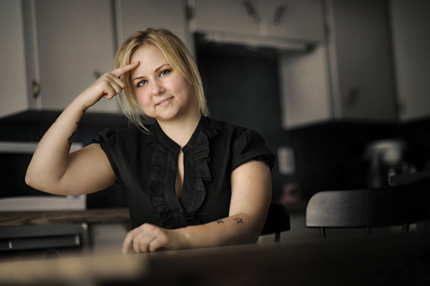Canada's Space Policy Framework
Implementation
Flowing from these core principles are four avenues of strategic action:
1. Commercialization
Government has clear responsibilities in areas of the public good, such as public safety, national defence, weather forecasting, environmental monitoring and disaster management. The Government will continue to ensure that it has access to the essential information and services it requires. At the same time, it commits to:
- Using the private sector, wherever feasible, to provide the equipment and services it needs;
- Providing the support to ensure that the domestic space industry is robust and globally competitive, especially by assisting in efforts to test and prove the value of new technologies;
- Pursuing consistent business models tailored to areas of activity from research and development (R&D) to space operations and a level of predictability and transparency that industry needs in order to make sound, strategic investment decisions; and
- Working to negotiate international agreements that open market access opportunities for Canadian firms.
2. Research and Development
As a high-technology enterprise, the lifeblood of the space industry is innovation, which in turn rests on research and development. Working with industry and the Canadian space research community, the Government of Canada will encourage further opportunities in R&D and innovation by:
- Increasing support for technology development, especially in areas of proven strength such as robotics, optics, satellite communications and space-based radar, as well as in areas of emerging expertise;
- Coordinating with the granting councils and foundations to ensure that space research resources are leveraged and that space research itself figures prominently in their mandates; and
- Leveraging existing expertise and programs at the National Research Council, Defence Research and Development Canada, Communications Research Centre Canada and the Strategic Aerospace and Defence Initiative – including the newly announced Technology Demonstration Program – to better support the space industry.
Translating Space Technology to the Operating Room
Video on translating space technology to the operating room. Watch the neuroArm conduct brain surgery. Credit: University of Calgary
TRACKING THE WORLD'S SHIPPING
Animation of satellite using Automatic Identification System (AIS). Credit: © 2014 exactEarth Ltd. All rights reserved
Since 2002, all vessels over 300 tons have been required to broadcast their identity, speed, position and course via the VHF Automatic Identification System (AIS). These transmissions allow ships to know where other vessels are in their vicinity, and so avoid collision. But because of the curvature of the Earth, surface receivers have a range of only about 75 km. The Canadian firm exactEarth, a division of COM DEV, recognized that it could be possible to detect AIS transmissions using satellites in low Earth orbit. In 2008, working with the University of Toronto's Institute for Aerospace Studies, the company launched a satellite to prove that AIS signals could be monitored from space. Two years later, the firm began "mining" the world's AIS shipping data using leased satellite technology. Today, using its own satellites, it tracks some 100,000 vessels around the globe, selling the information to navies, ports and governments. Last year, the company's revenues doubled from $4.8 million to $9.6 million.
NEUROARM
In partnership with MDA, the manufacturer of the Canadarm, Dr. Garnette Sutherland and his team at the University of Calgary have developed a robotic surgical tool that works with the advanced imaging capabilities of MRI systems. More precise, accurate and dexterous than a human hand, the robot is controlled by the surgeon from a room outside the operating theatre. Since Paige Nickason's groundbreaking surgery in 2008, neuroArm has performed operations on dozens more patients. With investment from the Government of Canada, a "KidsArm" is being developed by Toronto's Hospital for Sick Children in collaboration with MDA, Phillips and other companies for use in paediatric surgery.
